To understand the essence of Japanese living, one must step onto a tatami mat. More than just a floor covering, the tatami is an embodiment of Japanese aesthetics, harmony, and tradition. Woven from natural rush grass and supported by compressed straw or layered rice straw, these mats have quietly defined the interiors of temples, teahouses, and homes for centuries. Their unassuming presence conceals a deep cultural legacy—and a wide range of benefits for modern living.

Benefits and Features of Tatami Mats
Crafted by traditional tatami craftsmen, these Japanese-style woven mats are the result of painstaking attention to detail and time-honored techniques. The surface, known as goza, is made from rush grass (igusa), a plant known for its calming scent and hydroscopic properties—meaning it naturally absorbs and releases moisture, helping to regulate humidity indoors. The core is often made from compressed straw or a layered rice straw foundation, offering moderate cushioning and firm yet yielding support underfoot.
Beyond their tactile comfort, tatami mats are eco-friendly and free from formaldehyde. They are often manufactured without toxic powder insecticide coatings or pesticide gases, ensuring a clean and natural flooring option for health-conscious households. The outer surface is also slip-resistant, making tatami a safe choice for children or elderly family members. The igusa fragrance, earthy and faintly sweet, adds a tranquil note to any space—an aroma that speaks of purity, nature, and calm.
Care, Maintenance, and Important Notes
Proper care is essential to preserving the integrity of a tatami mat. These natural materials require a thoughtful balance of cleanliness and respect. First and foremost: never wear shoes or any footwear on tatami. This tradition is not only cultural but also practical—footwear can damage the delicate weave and introduce dirt and moisture.
As outlined in every trusted tatami care guide, gently vacuum the surface with the grain once a week. Avoid excess moisture; if a spill occurs, blot it immediately with a dry cloth. To prevent warping, do not place tatami directly over a damp surface, and ensure your room has good ventilation. Occasionally rotating the mats—particularly if they're under furniture—will help maintain an even wear pattern. And while the tatami has a firm feeling underfoot, it will soften slightly with use, adapting to your lifestyle over time.

Frequently Asked Questions About Tatami Mats
What is the standard size of a tatami mat?
While sizes vary by region in Japan, the most common dimensions are approximately 35.5 inches by 70.9 inches (90 cm x 180 cm). These proportions reflect a traditional Japanese measurement called “jo.”
Can I fold a tatami mat?
Some modern mats, particularly those designed for portability or used in martial arts studios, are foldable. However, authentic mats with a rice straw core are typically rigid and not intended to be bent or folded.
Is a tatami mat part of the Japanese sleep system?
Yes. Traditionally, a shikifuton (thin mattress) is placed directly on tatami, followed by a kakefuton (quilt) and often a zabuton (sitting cushion). This setup promotes spine alignment, breathability, and ease of storage.
Are tatami mats treated with chemicals?
Premium tatami mats are increasingly made without harmful substances such as toxic powder, insecticide coatings, or pesticide. Be sure to choose brands that emphasize natural, formaldehyde-free materials.
Tatami Mat Layouts and Arrangements
The layout of tatami mats within a room is not random—it is guided by centuries of practice and aesthetic principles. Common patterns include the auspicious 5 piece set layout, where mats are arranged to avoid the crossing of four corners (considered inauspicious). Such layouts were codified during the Edo period and can still be seen in teahouses, temples, and ryokan inns across Japan.
Modern arrangements accommodate Western lifestyles too. You can place tatami beneath a futon, mattress, or even within a bed frame. The tatami surface remains visible around the bed, preserving its visual and tactile contribution to the room. Available in neutral tones such as Zen Beige or Zen Black, they complement both traditional and minimalist interiors.

Types and Styles of Tatami Mats
Not all tatami mats are created equal. The Classic Series typically features natural igusa and is characterized by a cloth edging. The Tokyo Series may incorporate compressed straw for a thinner profile, while the Zen Series often features a clean, modern look, sometimes offered as tatami without edging for contemporary aesthetics. Premium designs, such as Igusa Akebono, feature color-graded weaving patterns that evoke the hues of a sunrise.
Innovations such as washi tatami—made from durable Japanese paper—are becoming popular due to their water resistance and longevity. For a more casual touch, goza carpets are a flat, rollable version of the top layer of tatami, ideal for seasonal use or layering over flooring.
Uses and Applications of Tatami Mats
The beauty of tatami lies in its adaptability. They are no longer restricted to tatami rooms. It functions equally well as a floor covering in living rooms, bedrooms, or entrance areas, offering a natural foundation for a Japanese sleep system that utilizes a shiki futon mattress. In meditation rooms and martial arts studios, tatami provides comfort, support for proper posture, and a serene atmosphere.
Its insulating properties make it suitable year-round—cool in summer, warm in winter. Families often use tatami in baby areas or play zones due to its moderate cushioning and non-toxic composition. Even in non-traditional settings, tatami can support table items or act as a base for furniture in hybrid washitsu (Japanese-style) and Western spaces.
In essence, the tatami mat is more than flooring. It’s a subtle architectural statement, an environmental choice, and a cultural treasure. Whether placed in a modern apartment or a countryside retreat, it brings with it the quiet grace of Japanese living, inviting you to slow down, take off your shoes, and reconnect with the earth beneath your feet.


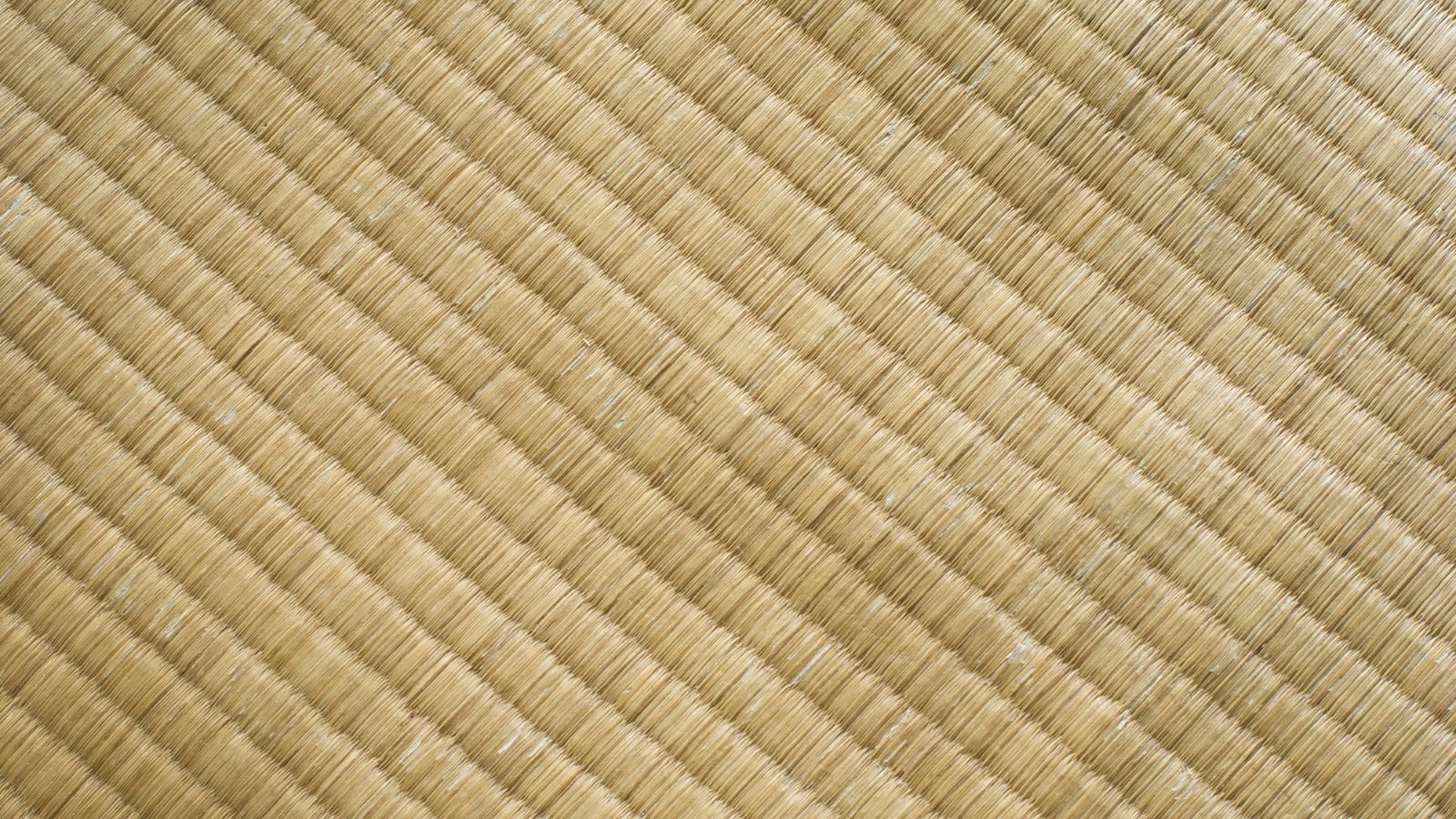
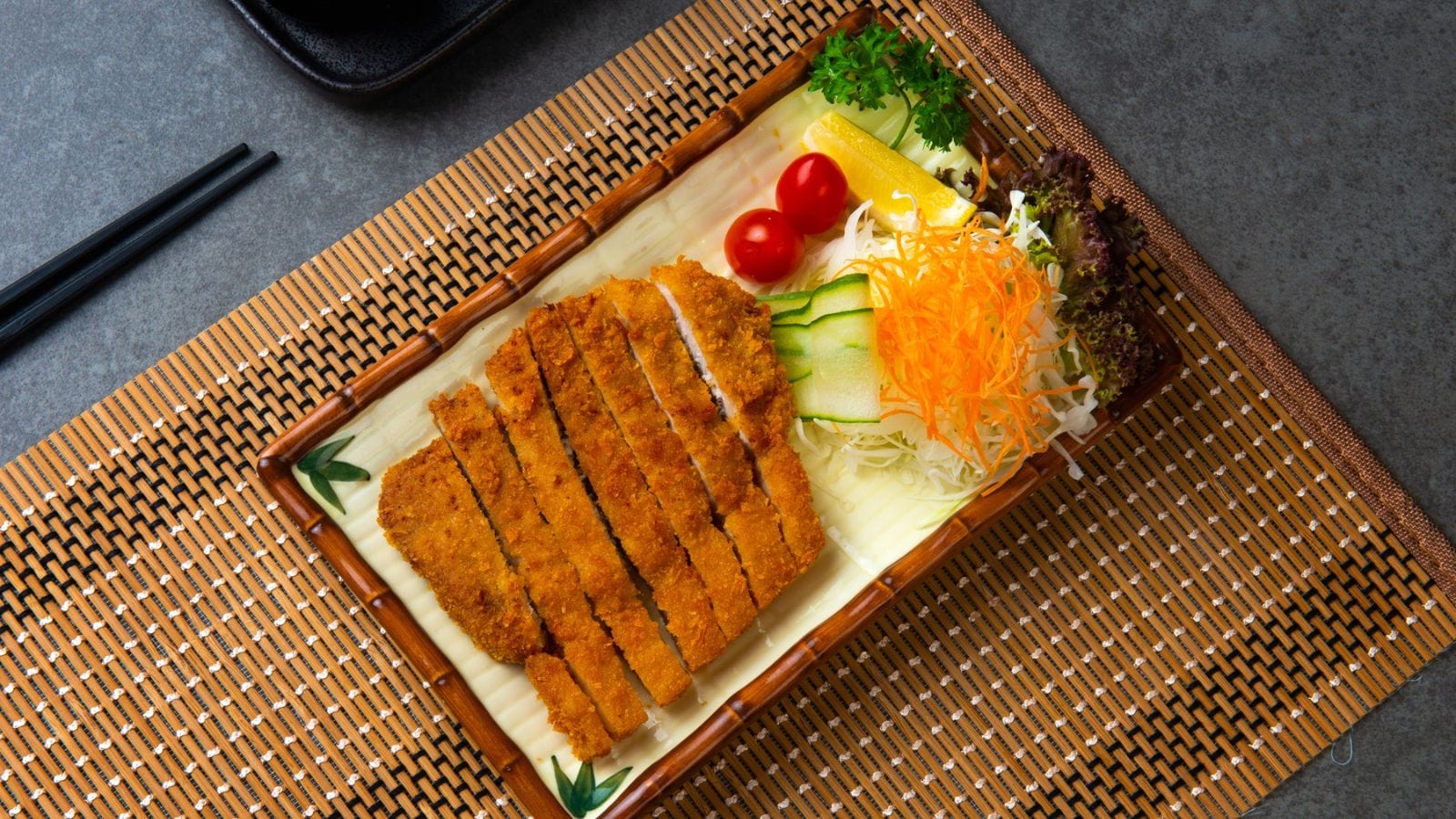

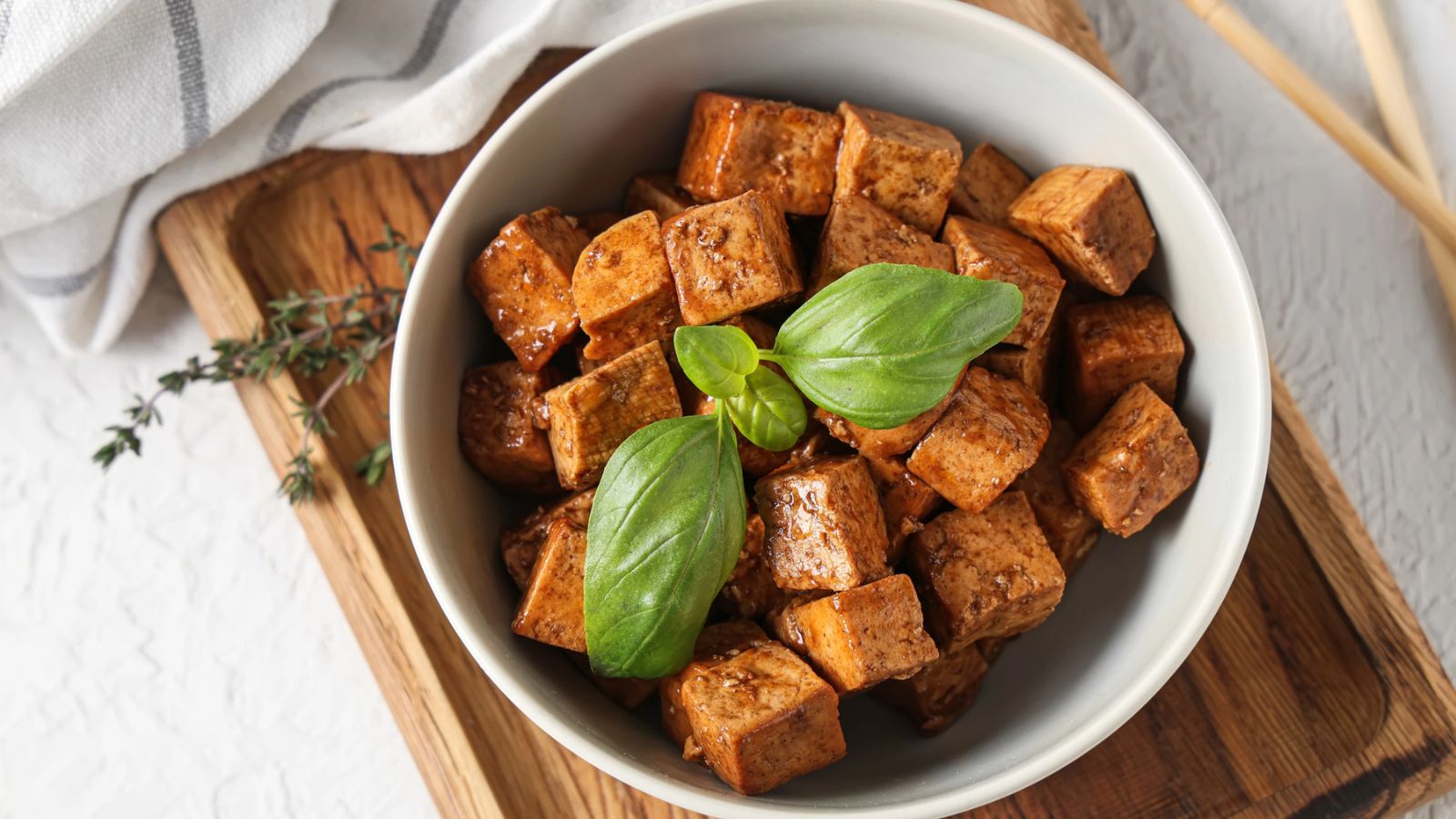

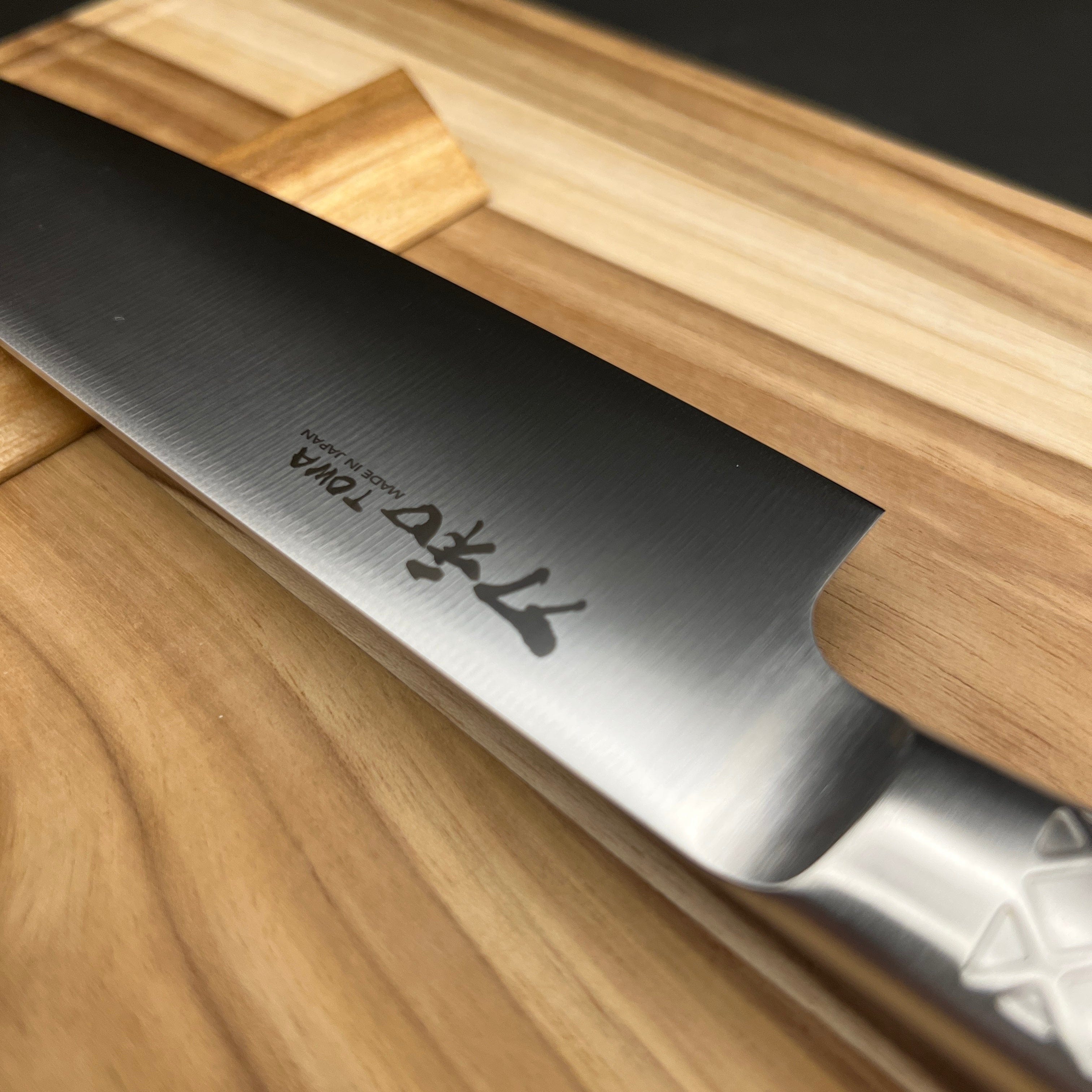
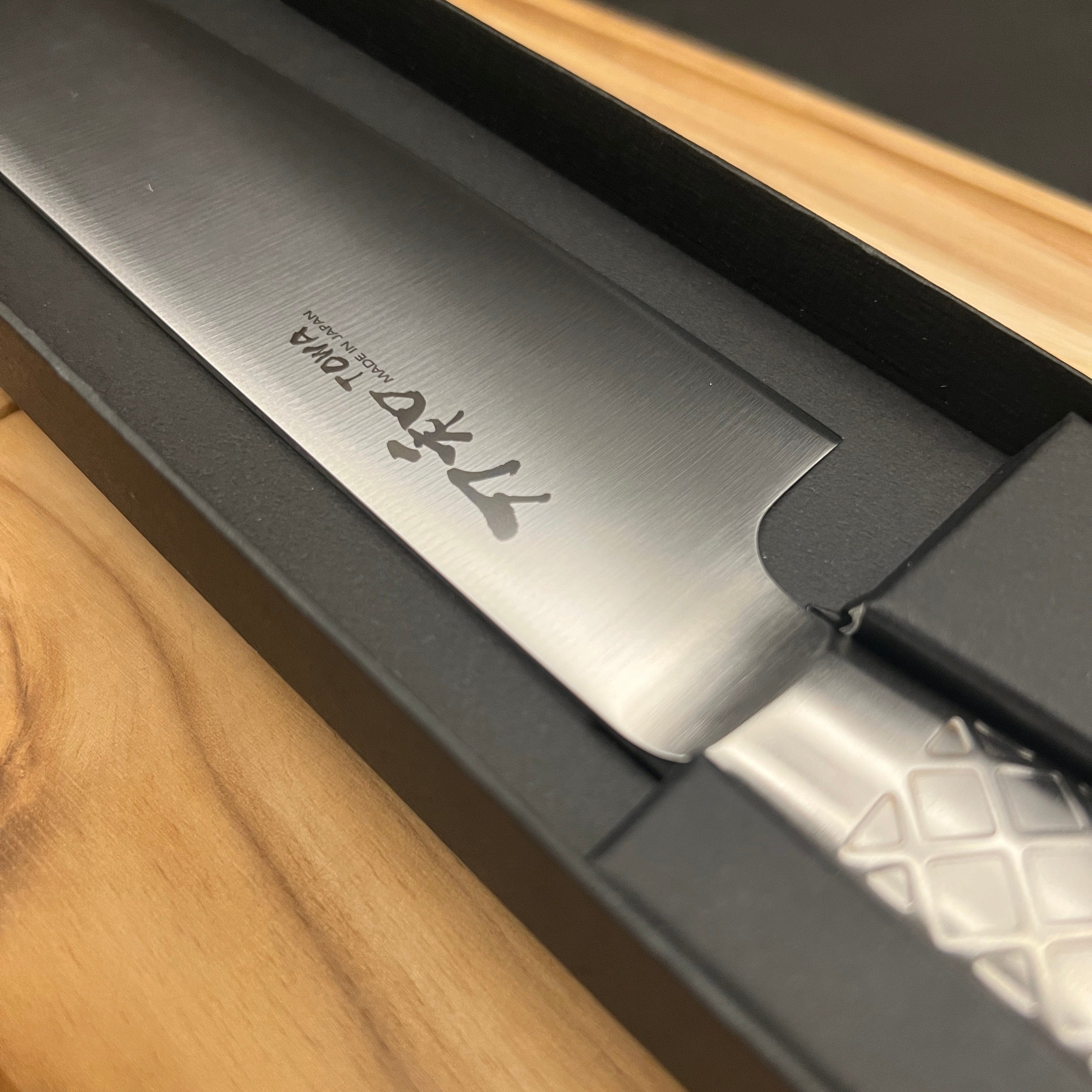
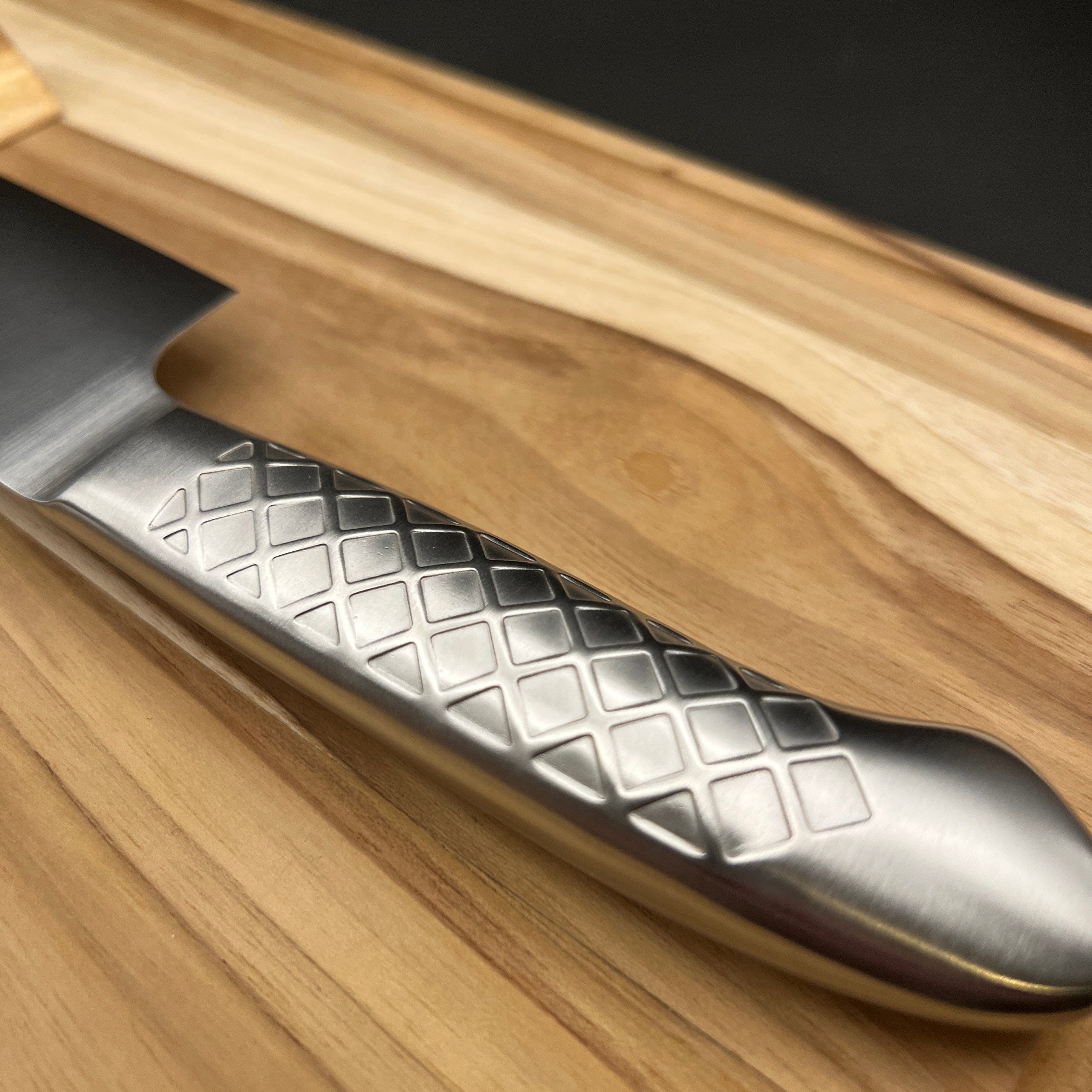
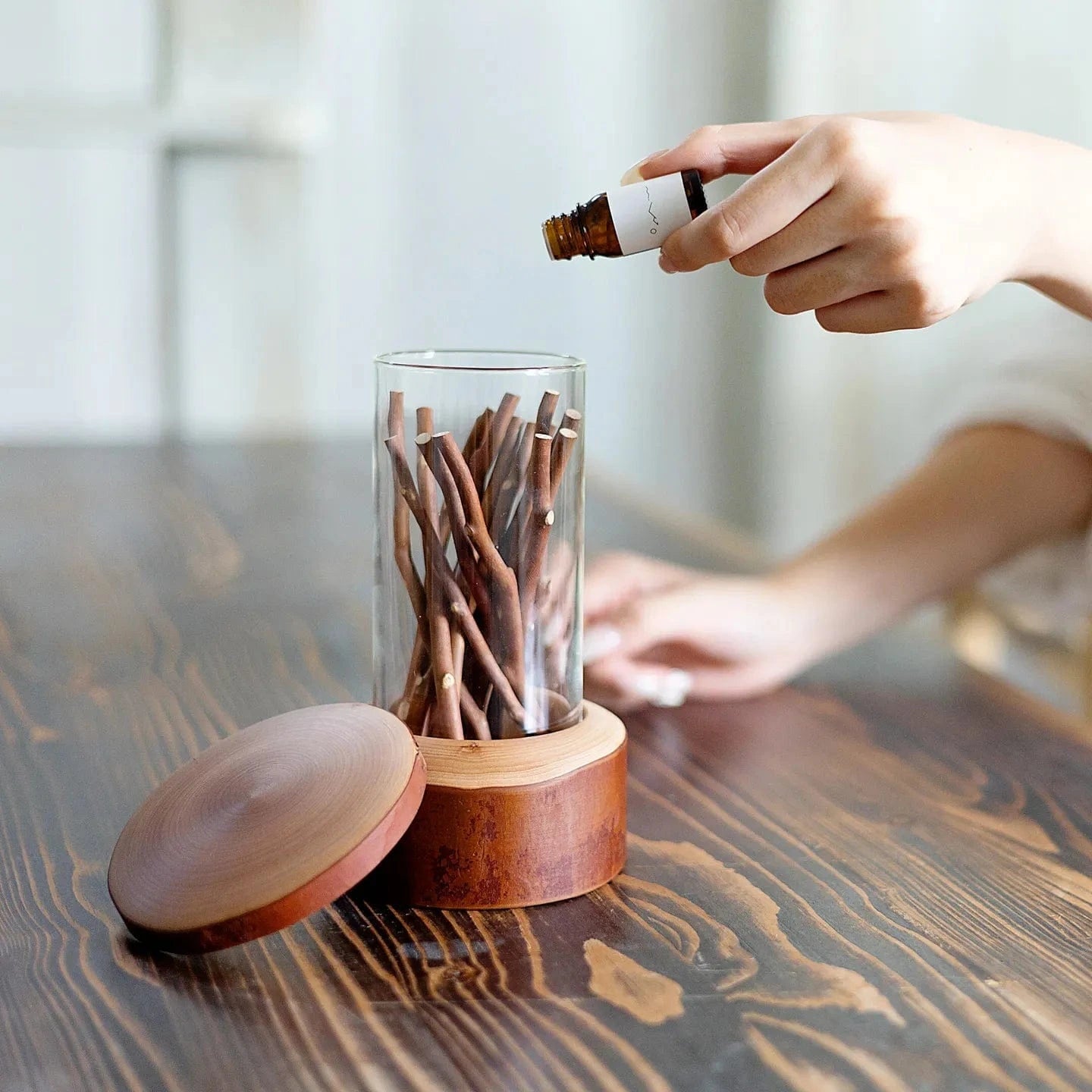
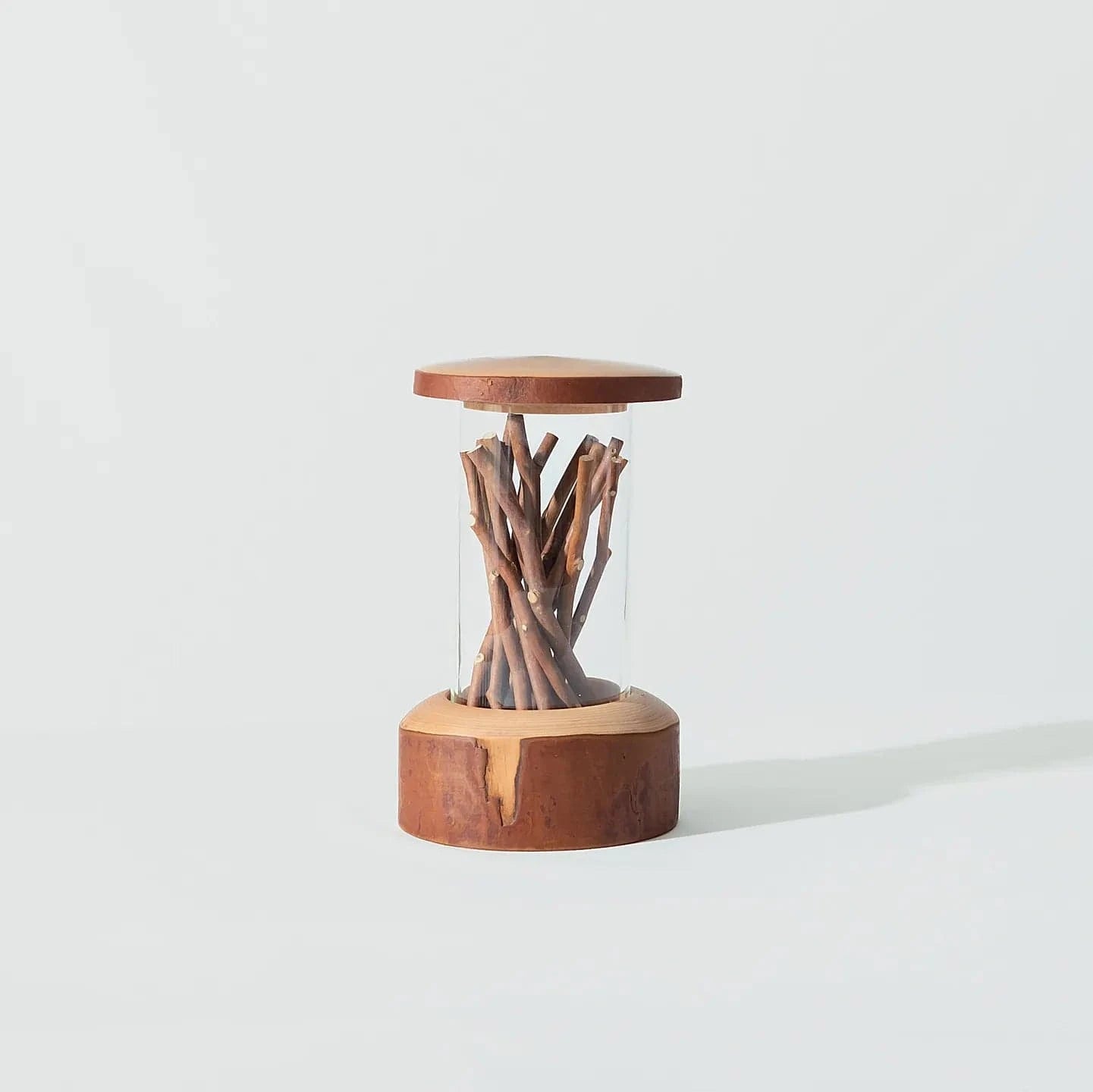

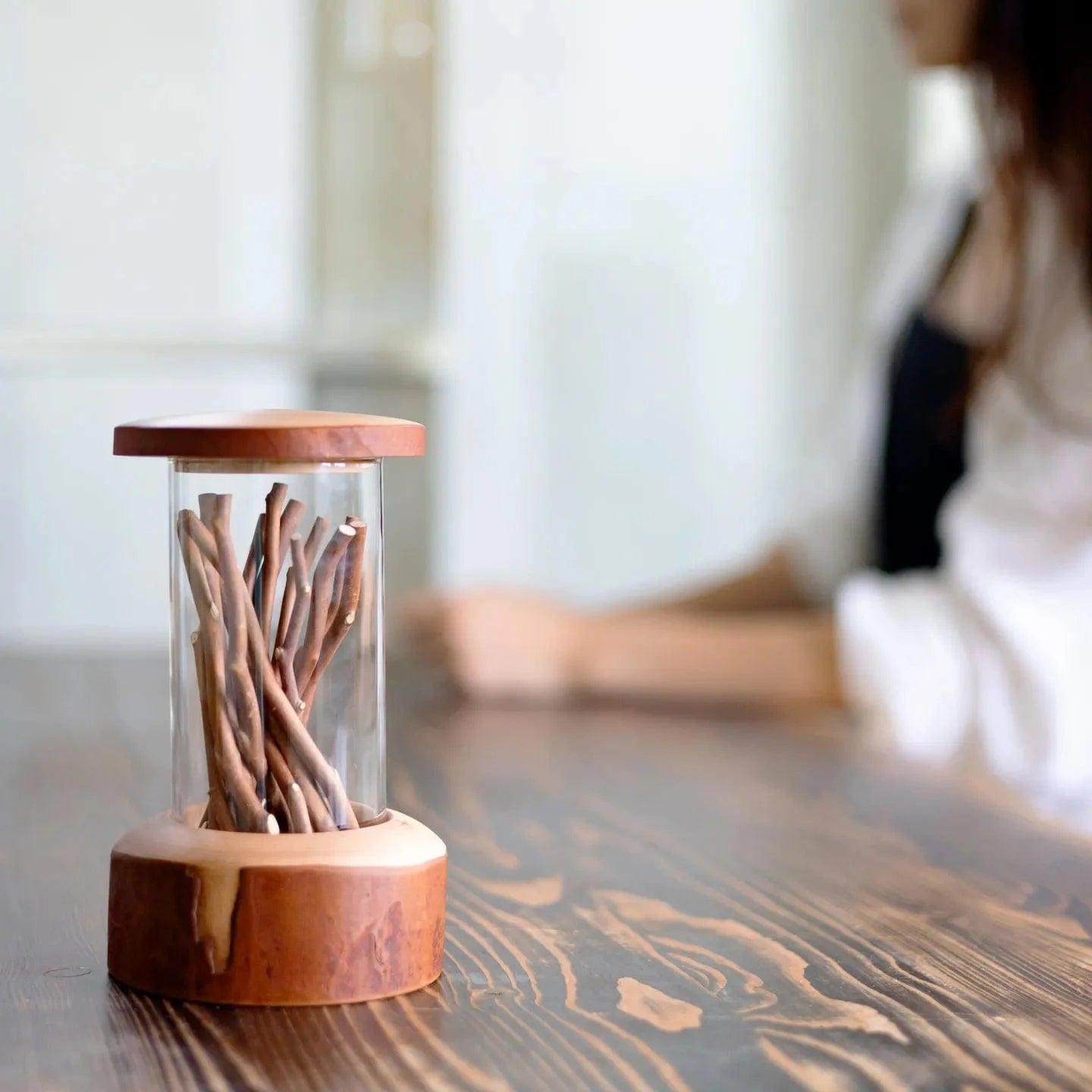
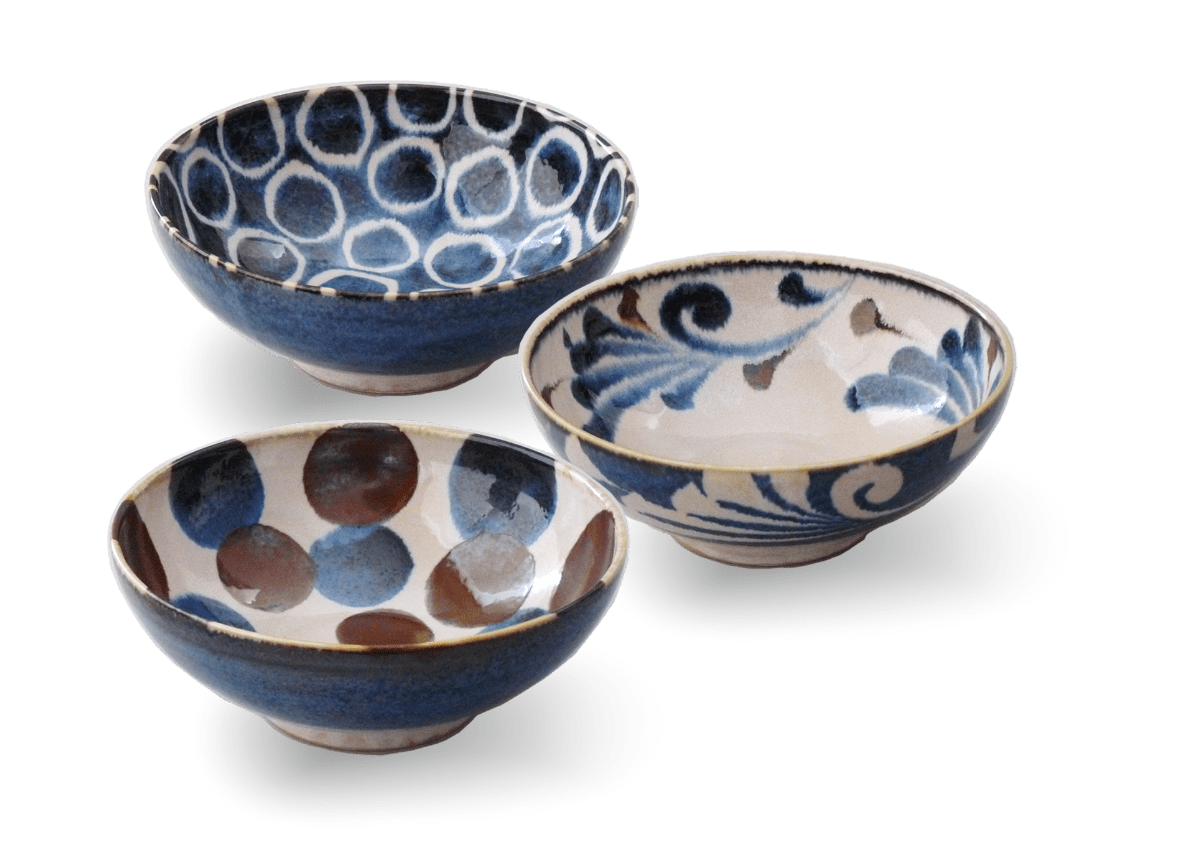
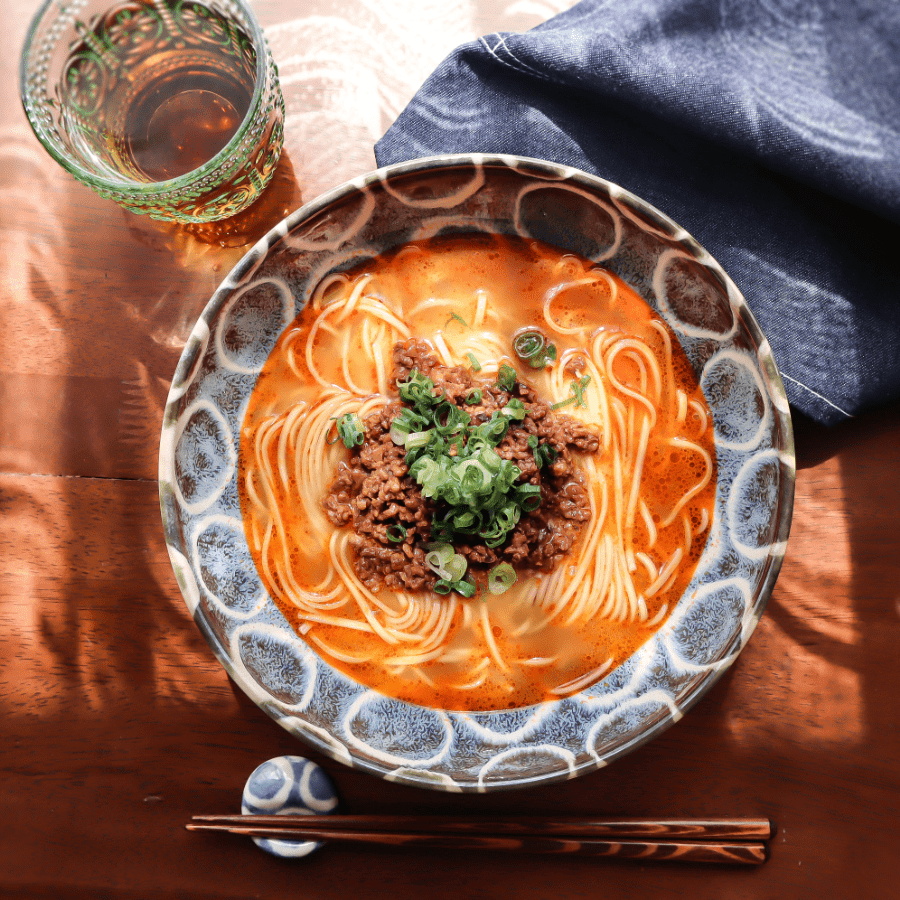
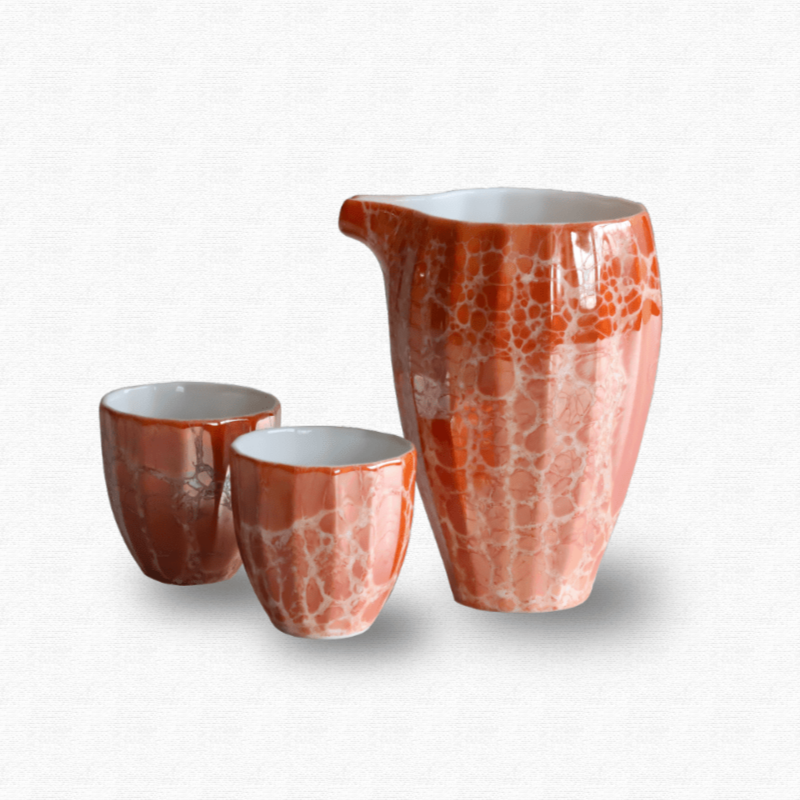

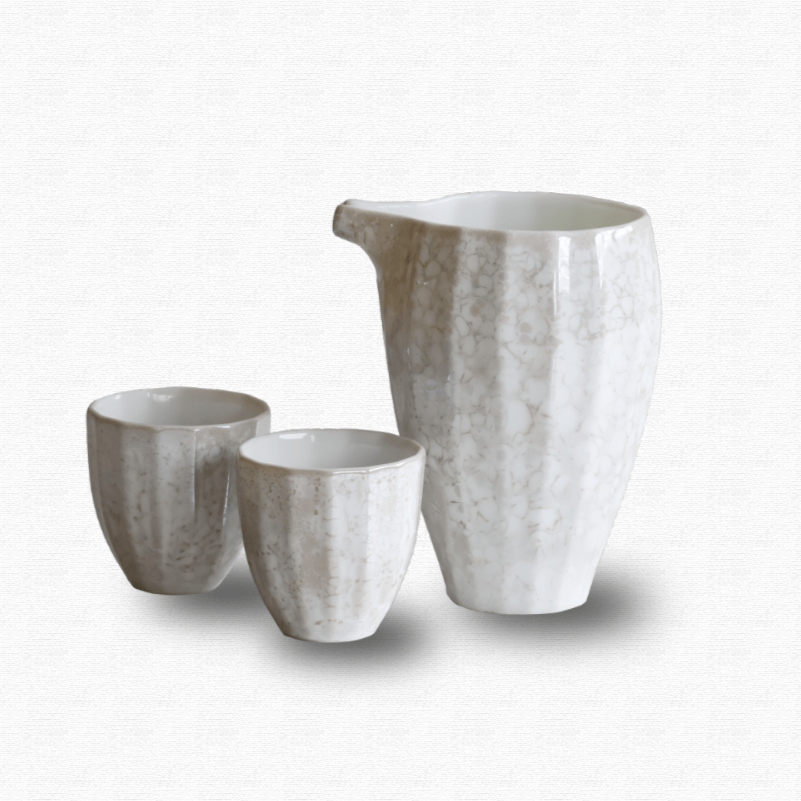
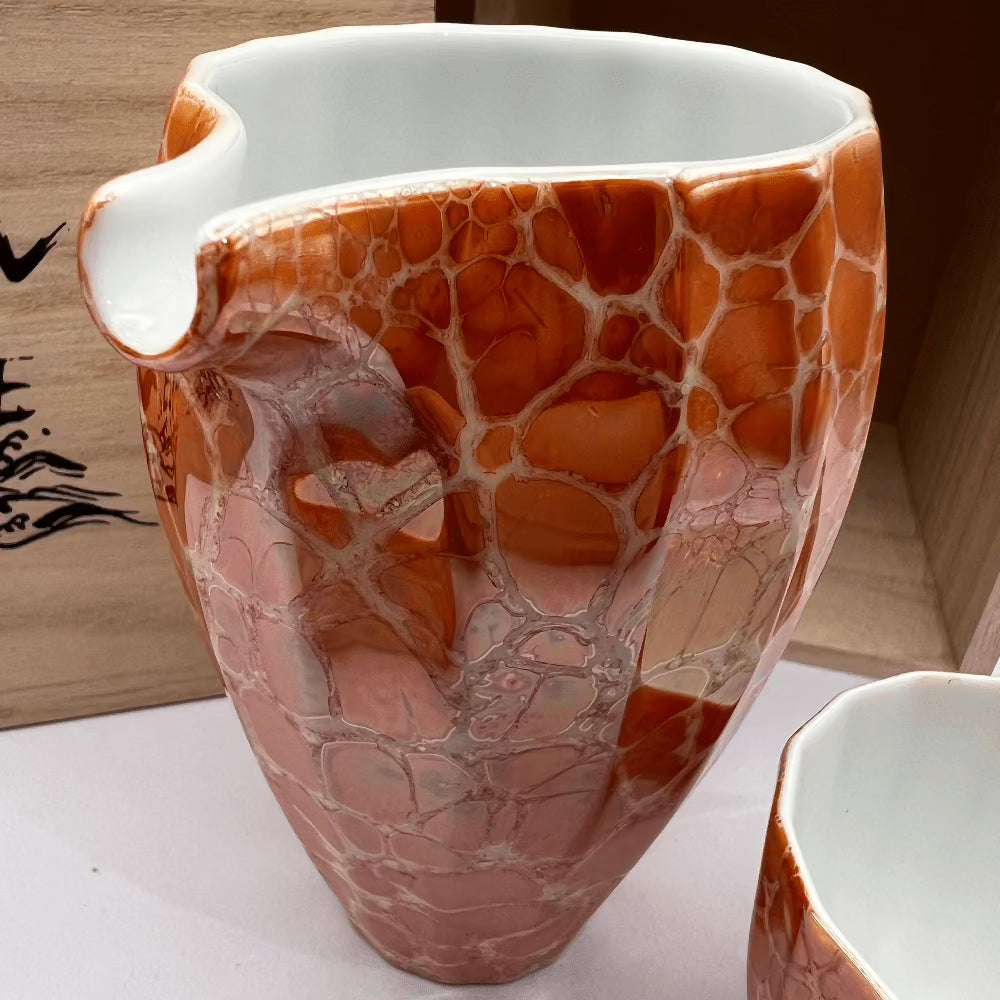
Share: